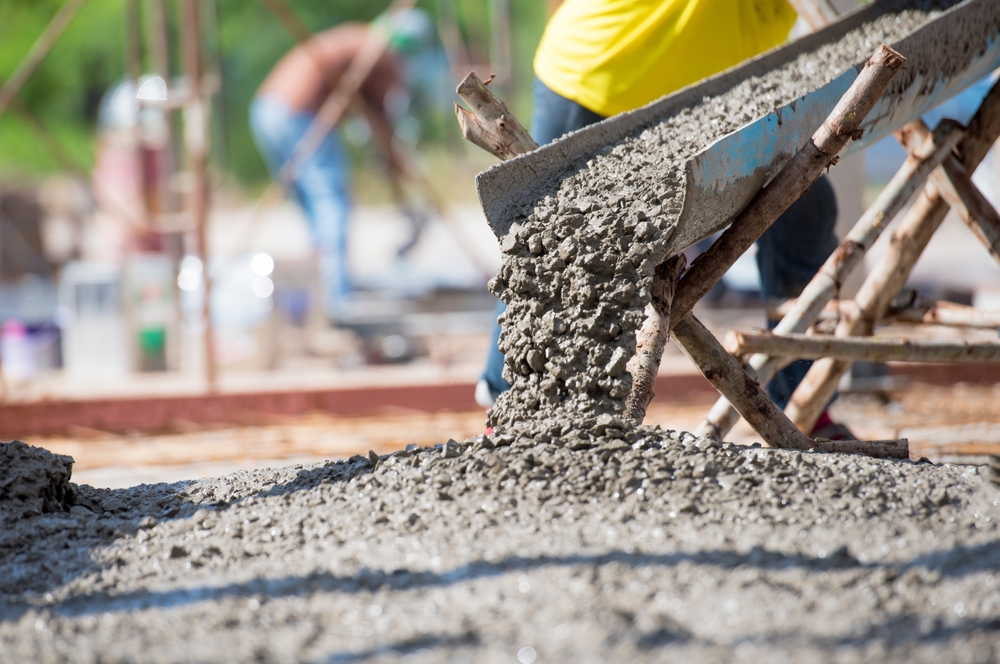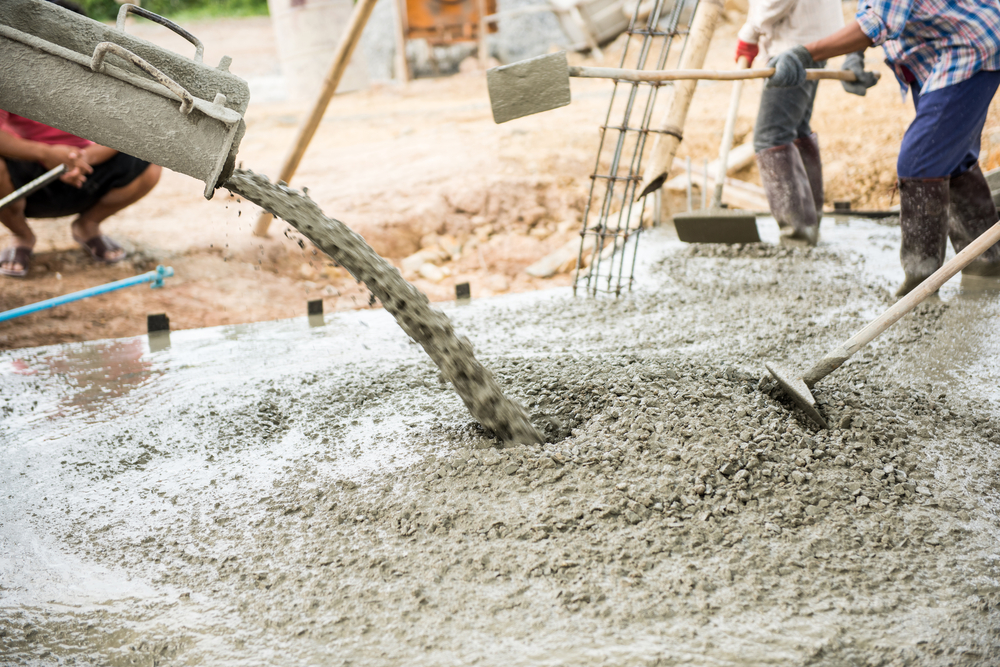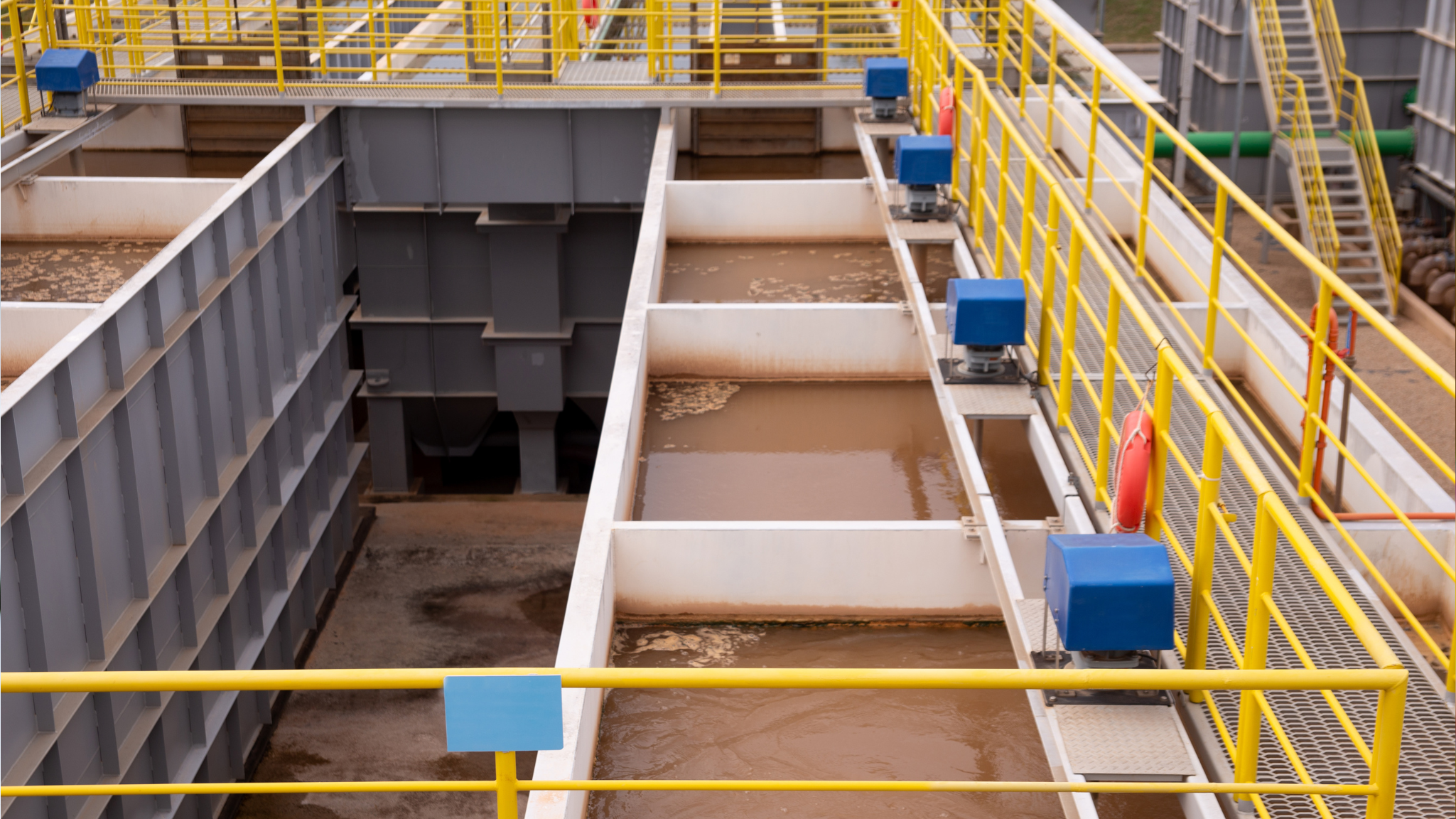
Introduction
Industrial water treatment is an essential aspect of modern industrial operations. It involves a variety of processes designed to remove impurities from water used in industrial settings. Not only is it crucial for compliance with legal and environmental regulations, but it also improves operational efficiency and ensures worker safety. This comprehensive guide aims to cover the breadth and depth of the topic, providing valuable insights into the methods, technologies, and trends shaping industrial water treatment.
The Necessity of Industrial Water Treatment
The treatment of industrial water is not just a regulatory requirement but a key component in efficient and safe industrial operations.
Compliance with Regulations
Meeting water quality standards isn’t merely a ‘good-to-have’; it’s often legally mandated. Failure to comply can result in hefty fines and reputational damage. Federal laws, like the Clean Water Act, set the basic framework for industrial water quality in the United States.
Operational Efficiency
High-quality water is essential for optimal equipment performance. Poorly treated water can lead to issues like scaling, corrosion, and fouling, which can compromise efficiency and increase operational costs.
Environmental Responsibility
Discharging untreated or poorly treated water into the environment can have devastating ecological impacts. Effective water treatment methods help minimize this risk and contribute to sustainable industrial practices.
Worker Safety
Ensuring water quality also means safeguarding worker health. Contaminated water can pose several health risks, from skin conditions to more serious ailments caused by exposure to toxic substances.
Types of Industrial Water
Industrial operations require different types of water, each with its own set of quality standards and treatment requirements.
Process Water
Process water is an integral part of various manufacturing operations. This type of water must often meet stringent quality standards to ensure the final product’s integrity.
Quality Standards for Process Water:
Low TDS (Total Dissolved Solids)
Absence of bacteria and pathogens
Controlled pH levels
Cooling Water
Cooling water is extensively used in industries such as power generation and chemical manufacturing. Treatment for cooling water aims to prevent issues like scaling, corrosion, and microbial growth.
Common Treatment Methods for Cooling Water:
Scale inhibitors
Biocides
pH balancers
Boiler Feed Water
Highly purified water, known as boiler feed water, is used in boilers for steam generation. The quality of this water is critical; impurities can lead to problems like scaling and corrosion.
Considerations for Boiler Feed Water:
High purity
Low levels of dissolved gases
Balanced pH
Wastewater
Every industrial operation generates wastewater, which needs to be treated before being discharged or reused.
Phases of Wastewater Treatment:
Preliminary Treatment: Screening and sedimentation
Primary Treatment: Coagulation, flocculation, and filtration
Secondary Treatment: Biological oxidation
Tertiary Treatment: Advanced filtration, disinfection
Key Industries That Require Water Treatment
Industrial water treatment is not a one-size-fits-all process; requirements can vary significantly depending on the industry.
Manufacturing
In manufacturing, water is frequently used for cleaning parts, cooling machinery, and as a solvent in chemical processes. Adequate treatment ensures the water meets the necessary quality criteria for each specific application.
Treatment Necessities for Manufacturing:
Deionization
Carbon filtration
Chemical dosing
Oil & Gas
Water plays a crucial role in the extraction, refining, and production processes in the oil and gas industry. Effective treatment can significantly reduce the operational footprint and help meet environmental regulations.
Common Water Challenges in Oil & Gas:
Contamination with hydrocarbons
High salinity
Presence of heavy metals
Pharmaceuticals
The pharmaceutical industry has some of the most stringent water quality requirements. Water is often used in product formulation, making its purity vital for consumer safety.
Quality Standards for Pharmaceutical Water:
Ultra-pure water
Sterilization
Absolute filtration
Food & Beverage
In the food and beverage sector, water quality directly affects product quality and safety. Water treatment processes in this industry focus on removing contaminants and ensuring microbiological purity.
Critical Parameters for Food & Beverage Water:
Microbiological counts
pH levels
Turbidity
Power Generation
In power plants, especially those that employ steam turbines, the quality of boiler feed water is essential for efficiency and longevity of the equipment.
Key Water Treatment Methods in Power Generation:
Deaeration to remove dissolved gases
Ion exchange to soften water
Membrane filtration
Common Contaminants in Industrial Water
Understanding what contaminants may be in the water is the first step in determining what treatment methods are necessary.
Heavy Metals
Heavy metals like lead, mercury, and arsenic can pose serious health risks. They often come from industrial runoffs and require specific treatment methods to remove.
Treatment Methods for Heavy Metals:
Chemical precipitation
Ion exchange
Organic Compounds
Organic compounds, such as pesticides and herbicides, can be highly toxic and require specialized treatment methods.
Removal Methods:
Activated carbon adsorption
Advanced oxidation processes
Microorganisms
The presence of bacteria, viruses, and other microorganisms can pose significant health risks.
Common Treatment Methods:
Chlorination
UV sterilization
Dissolved Gases
Dissolved gases like oxygen and carbon dioxide can cause corrosion in industrial systems.
Treatment Methods:
Deaeration towers
Chemical oxygen scavengers
Salts and Minerals
High concentrations of salts and minerals can result in scaling and corrosion.
Removal Techniques:
Reverse osmosis
Electro-dialysis
Pre-Treatment Methods
Pre-treatment is the initial phase in the water treatment process, designed to prepare water for subsequent treatment stages.
Screening
Screening helps to remove large particles, such as debris and sediment, from water.
Types of Screens:
Coarse Screens
Fine Screens
Micro Screens
Coagulation and Flocculation
Coagulation and flocculation are chemical processes that help particles in the water to come together and form larger clumps for easier removal.
Common Coagulants:
Aluminum sulfate (Alum)
Ferric chloride
Sedimentation and Clarification
Once particles are coagulated, sedimentation and clarification help in separating them from the water.
Types of Clarifiers:
Circular Clarifiers
Lamella Clarifiers
Tube Settlers
Primary Treatment Methods
Primary treatment methods focus on further improving the water quality after pre-treatment.
Physical Methods
Filtration Systems
Physical filtration is employed to remove suspended solids and particles.
Types of Filtration Systems:
Sand Filters
Cartridge Filters
Centrifugation
Centrifugation uses centrifugal force to separate particles and substances from the water.
Chemical Methods
pH Adjustment
Controlling the pH is essential for many industrial processes and to prevent corrosion.
Common pH Adjusting Chemicals:
Sodium hydroxide
Sulfuric acid
Disinfection
Chemical disinfection aims to kill or neutralize harmful microorganisms in the water.
Methods:
Chlorination
Ozonation
Biological Methods
Biological treatment methods use microorganisms to break down organic compounds.
Anaerobic Digestion
Anaerobic digestion involves bacteria that break down organic matter in the absence of oxygen.
Aerobic Treatment
Aerobic treatment uses bacteria that require oxygen to break down organic compounds.
Secondary and Tertiary Treatment
Secondary and tertiary treatments are more advanced processes that aim to further purify water to meet specific industrial standards.
Membrane Processes
Reverse Osmosis
Reverse osmosis involves forcing water through a semi-permeable membrane to remove contaminants at a molecular level.
Applications:
Desalination
Boiler feed water treatment
Ultrafiltration
Ultrafiltration employs membranes with larger pores to remove particles and macromolecules.
Uses in Industries:
Food & Beverage
Pharmaceuticals
Ion Exchange
Ion exchange replaces undesirable ions in the water with more favorable ions.
Common Ion Exchange Resins:
Cation resins
Anion resins
Activated Carbon Adsorption
This process uses activated carbon to remove impurities from water.
Common Impurities Removed:
Organic compounds
Chlorine
Odors
Advanced Technologies
Technological advances are making industrial water treatment more efficient and sustainable.
IoT Sensors and Monitoring
IoT technology enables real-time monitoring and data collection, making the treatment process more efficient.
Advantages:
Instant alerts for system malfunctions
Optimization of energy and chemical use
AI-Driven Predictive Maintenance
AI algorithms can predict when maintenance is due, preventing costly breakdowns.
Key Benefits:
Increased system reliability
Lower operational costs
Zero Liquid Discharge Systems
These systems aim to recover nearly all water used in industrial processes for reuse.
Sustainability Benefits:
Reduced water waste
Lower environmental impact
Regulatory Landscape
Adherence to regulations is crucial in the field of industrial water treatment.
EPA Industrial Effluent Guidelines
The Environmental Protection Agency (EPA) sets guidelines that must be followed to ensure water safety and environmental protection.
ISO Standards
ISO provides international standards for water quality that many industries follow.
Local and State Regulations
Different states and countries may have their own specific regulations and standards that must be adhered to.
Case Studies
Learning from industry-specific examples can offer invaluable insights into effective water treatment practices.
Manufacturing
A leading automotive manufacturer managed to reduce water consumption by 20% by implementing a closed-loop cooling system.
Key Takeaways:
Energy and cost savings
Reduced environmental footprint
Pharmaceuticals
A pharmaceutical company achieved a 99.9% rate of water purity by using advanced membrane technologies.
Lessons Learned:
Importance of high-quality water in sensitive processes
Regulatory compliance
Future Trends and Innovations
Technological innovations and sustainable practices are shaping the future of industrial water treatment.
Water Reuse and Recycling
Upcoming Technologies:
Nano-filtration techniques
Advanced wastewater treatment systems
Sustainable Treatment Methods
Trends to Watch:
Use of renewable energy in treatment systems
Adoption of biodegradable chemicals
Blockchain for Traceability and Compliance
Blockchain technology offers secure and transparent tracking of water quality data and compliance records.
Benefits:
Enhanced traceability
Reduced fraud and errors
Conclusion
Industrial water treatment is essential for operational efficiency, compliance with regulations, and environmental stewardship. The adoption of advanced and sustainable practices is no longer optional but a necessity.



